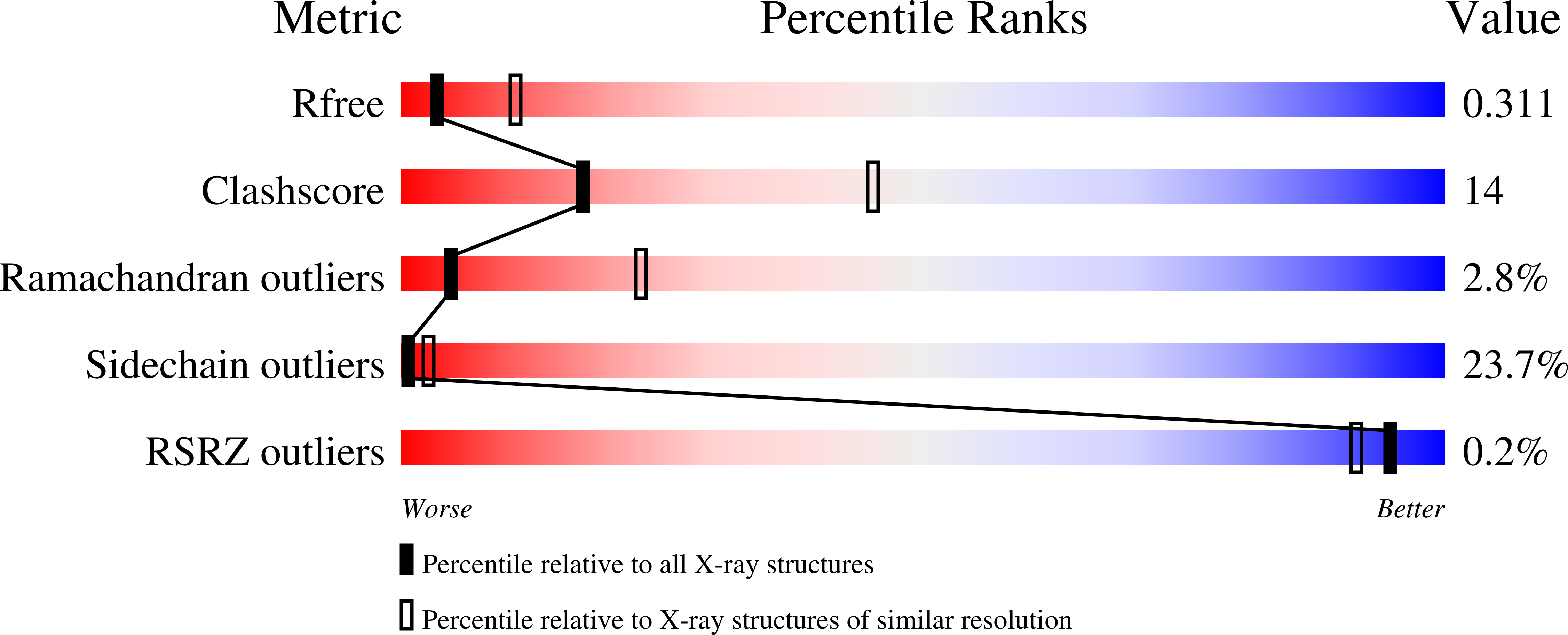
Deposition Date
2003-10-03
Release Date
2003-12-16
Last Version Date
2024-02-14
Entry Detail
PDB ID:
1R49
Keywords:
Title:
Human topoisomerase I (Topo70) double mutant K532R/Y723F
Biological Source:
Source Organism:
Homo sapiens (Taxon ID: 9606)
Host Organism:
Method Details:
Experimental Method:
Resolution:
3.13 Å
R-Value Free:
0.33
R-Value Work:
0.27
R-Value Observed:
0.28
Space Group:
P 1 21 1


